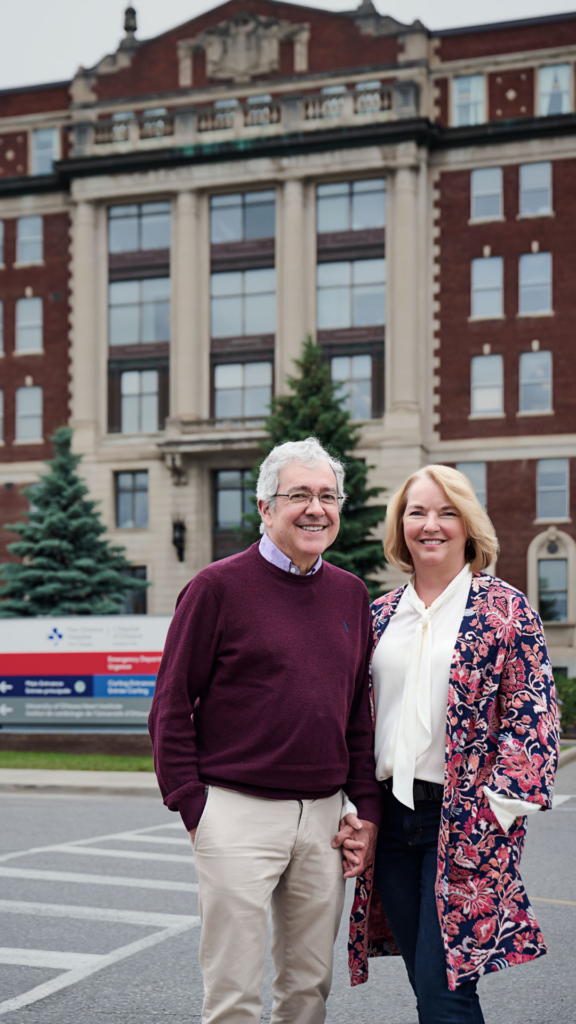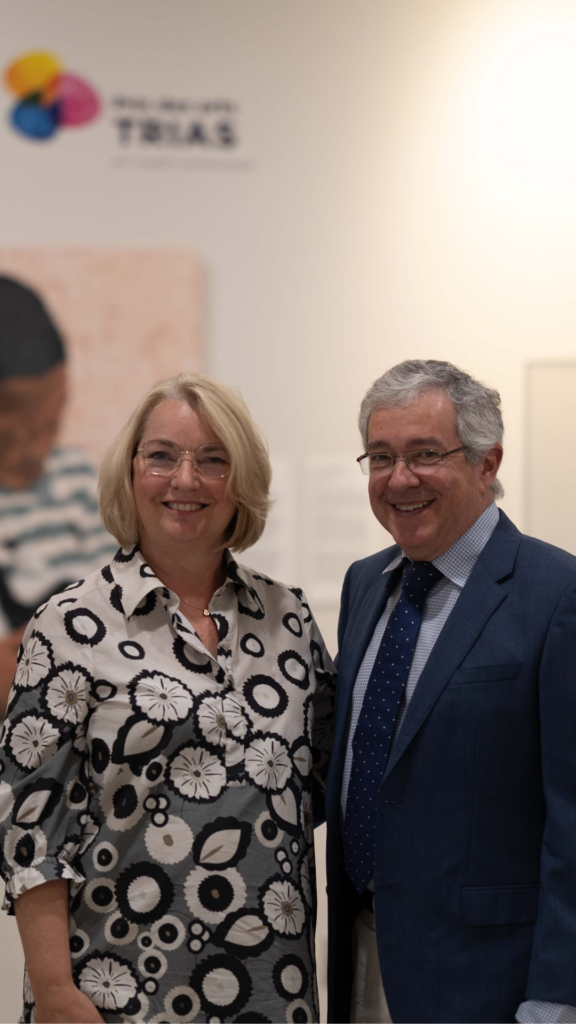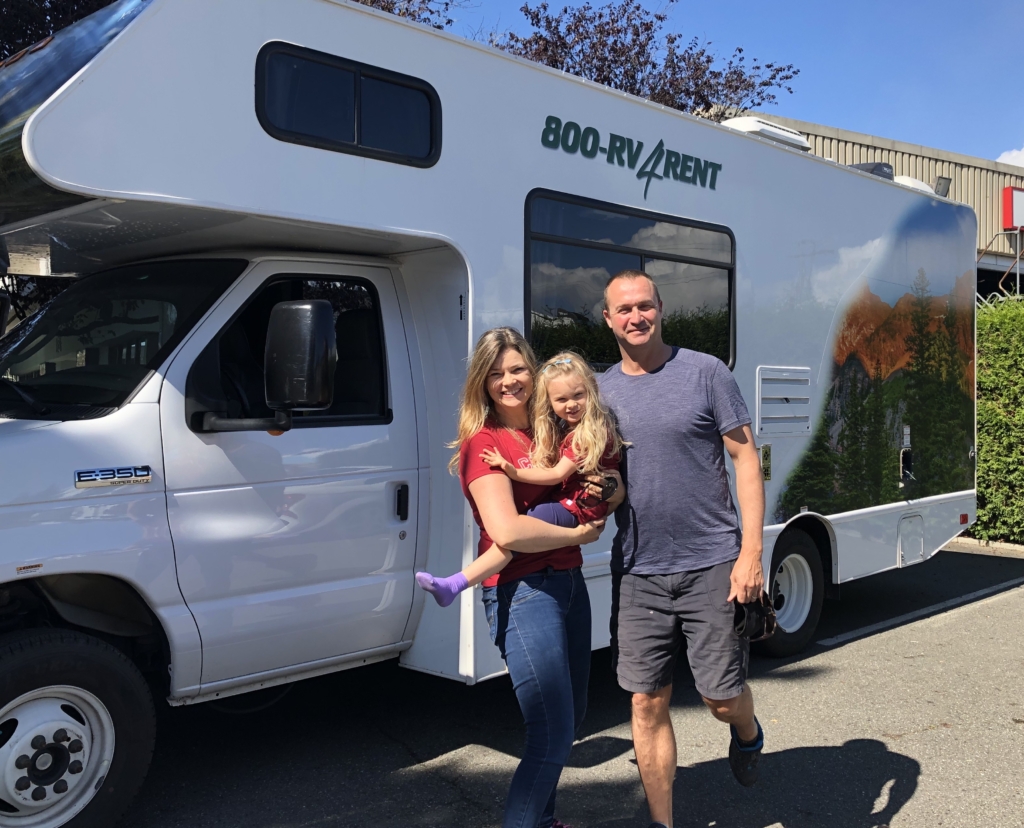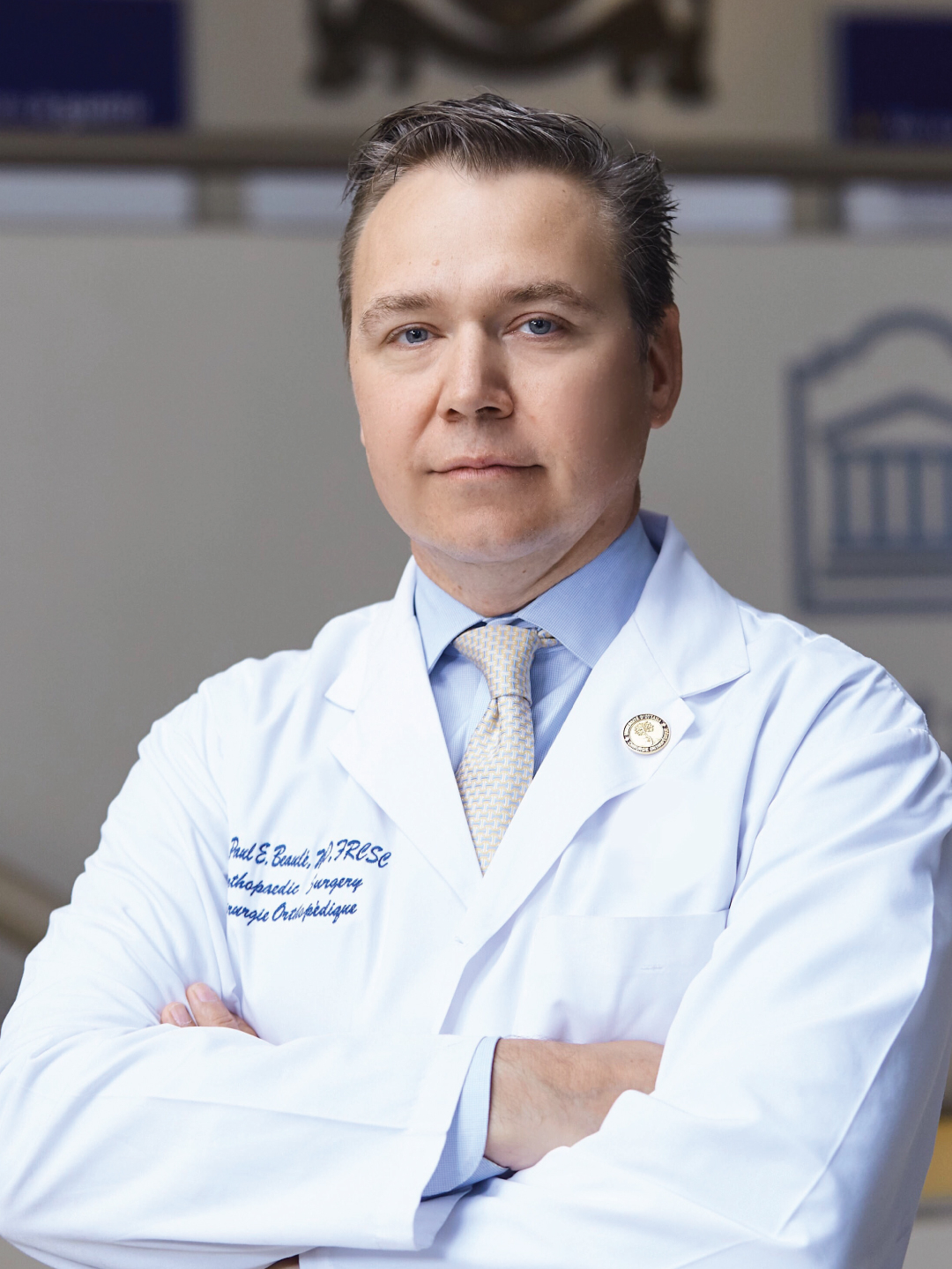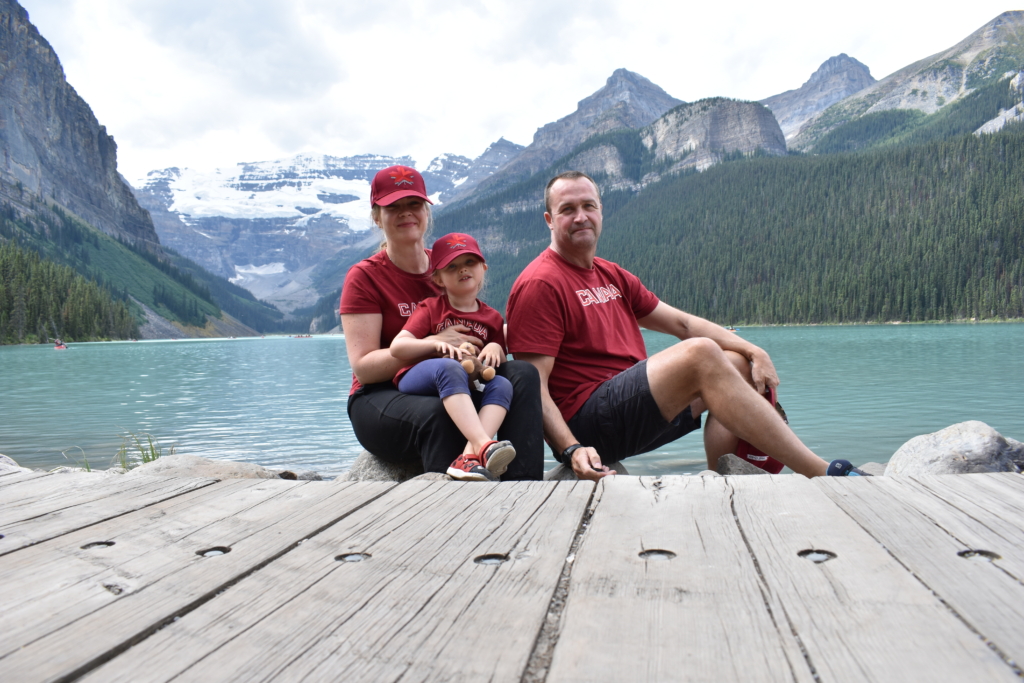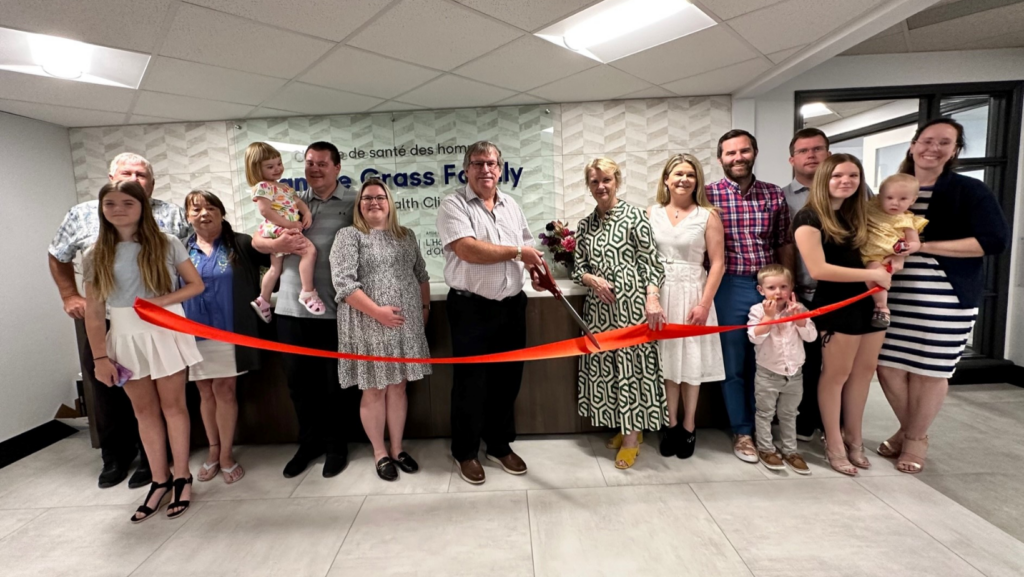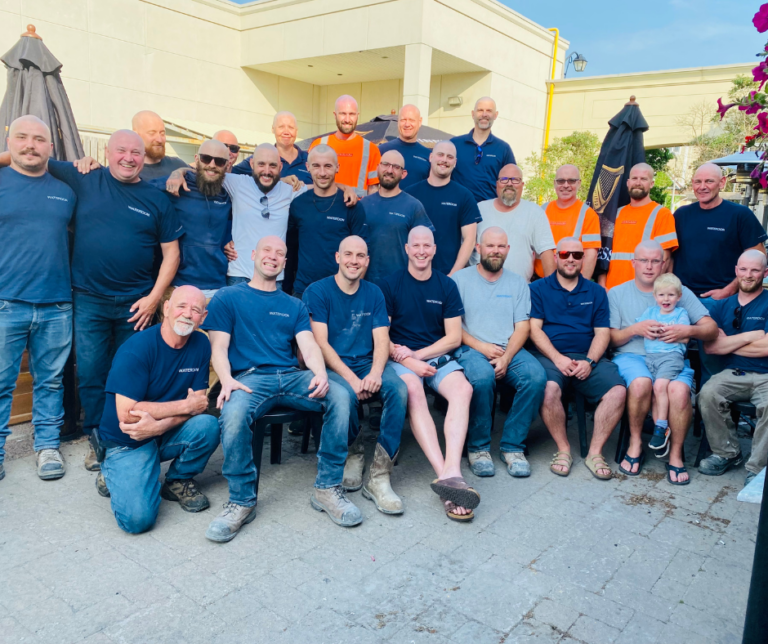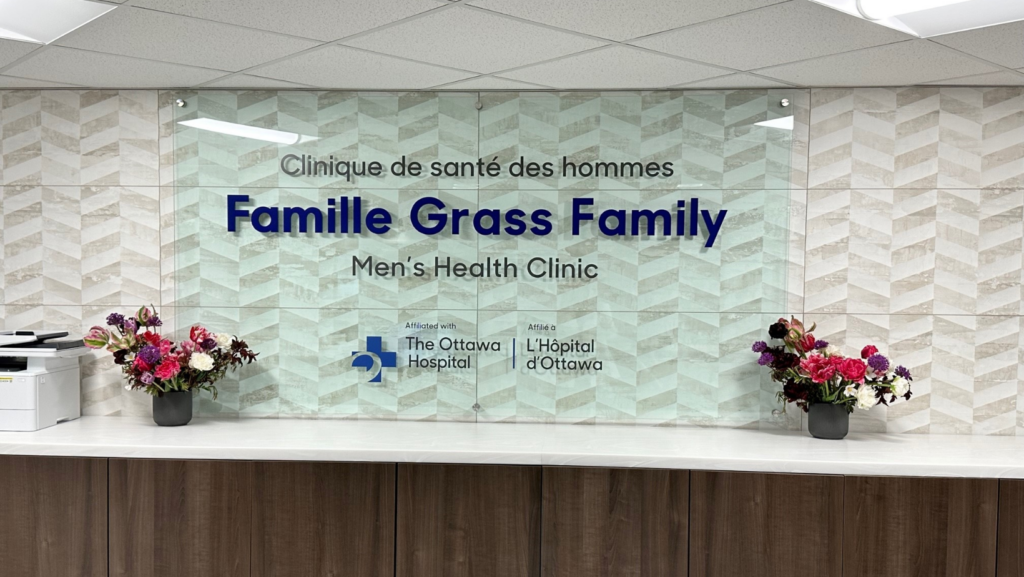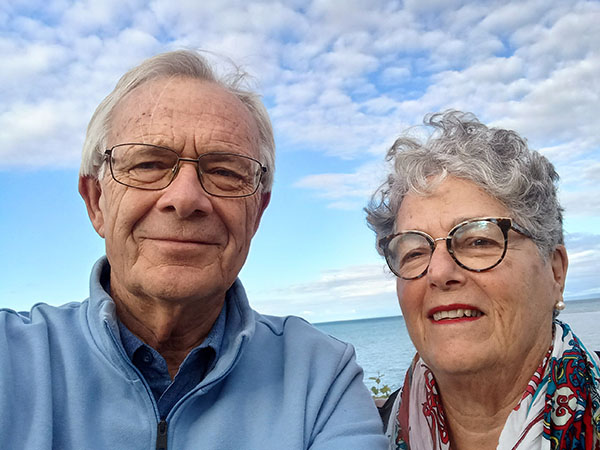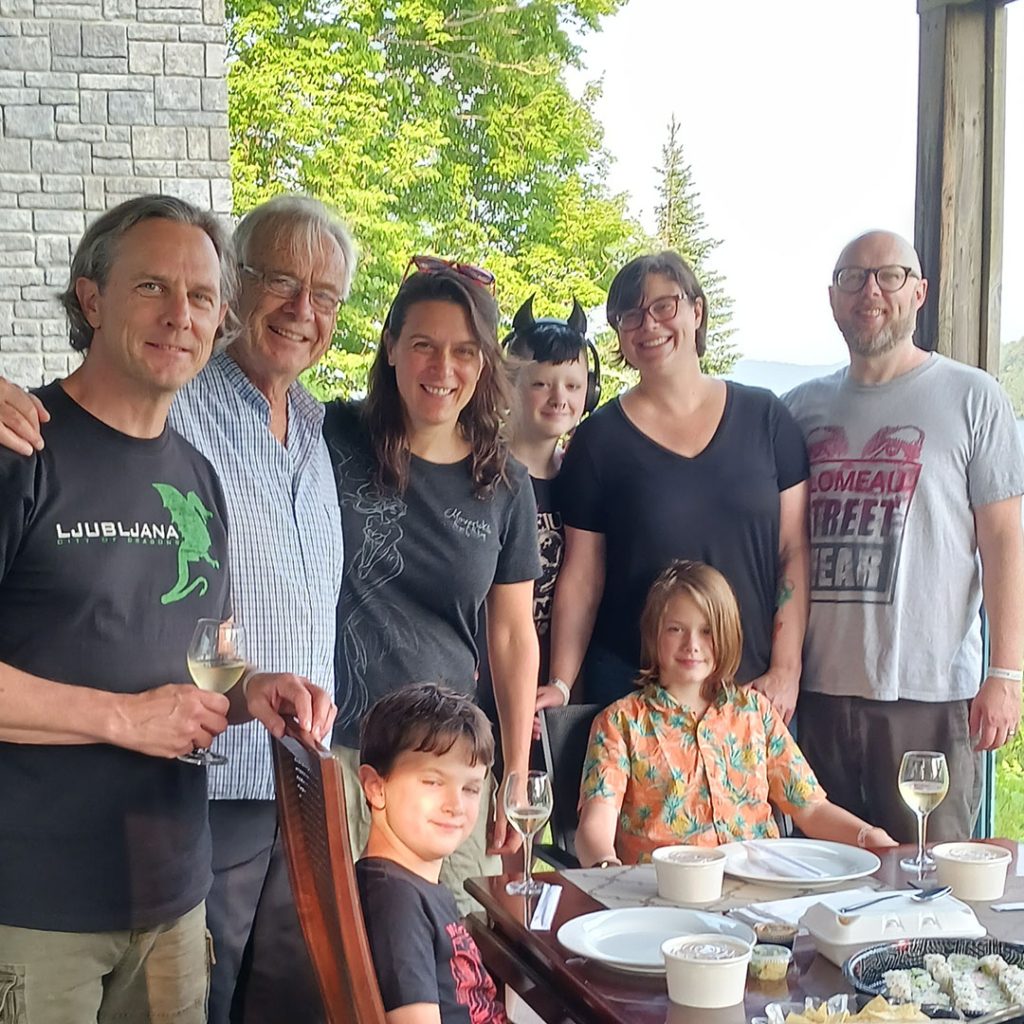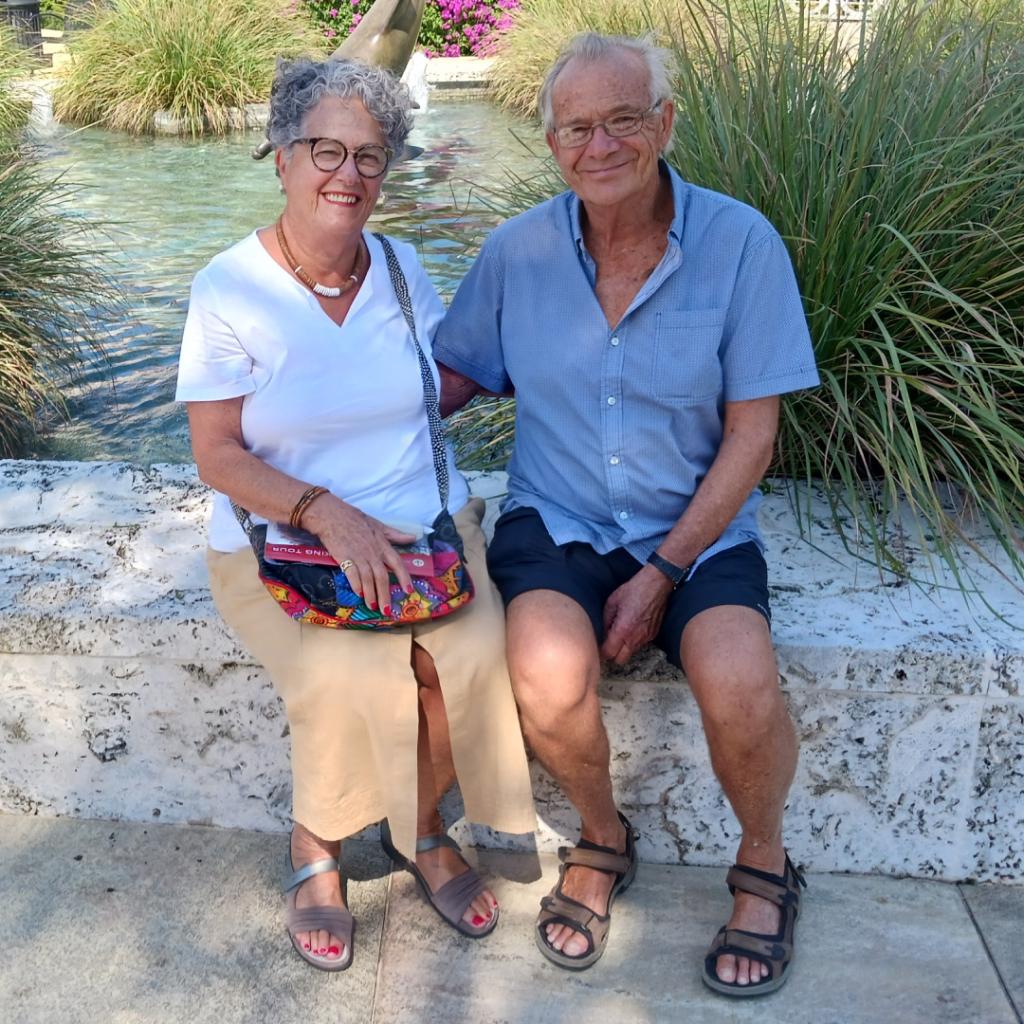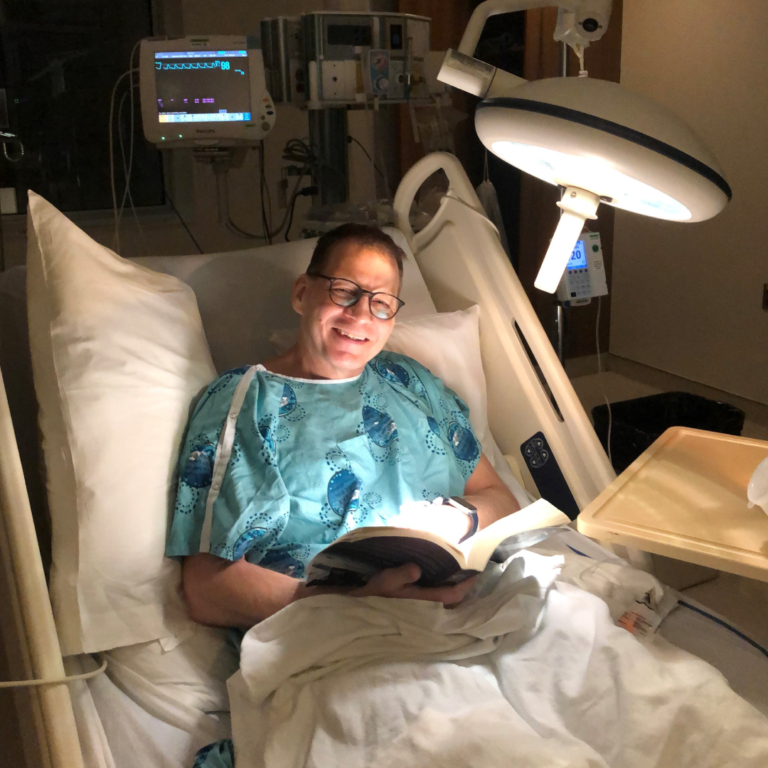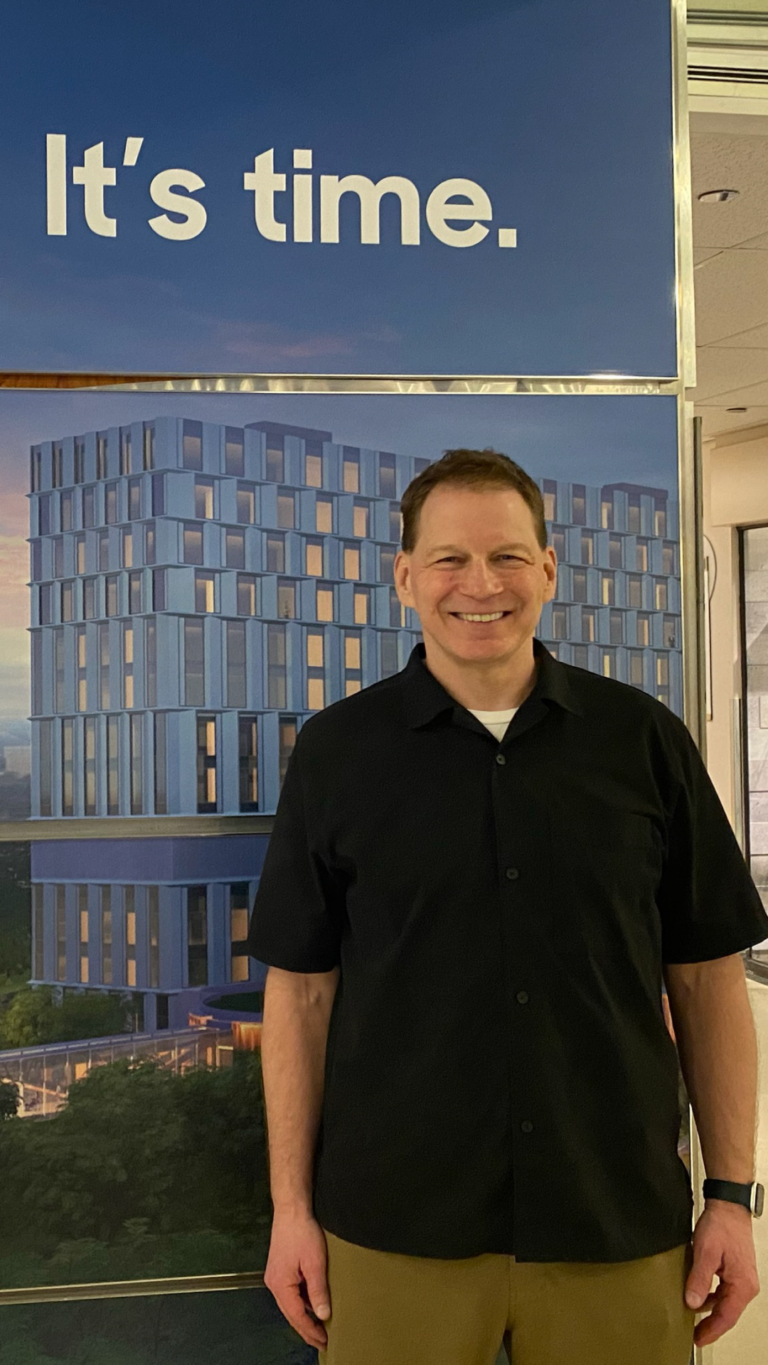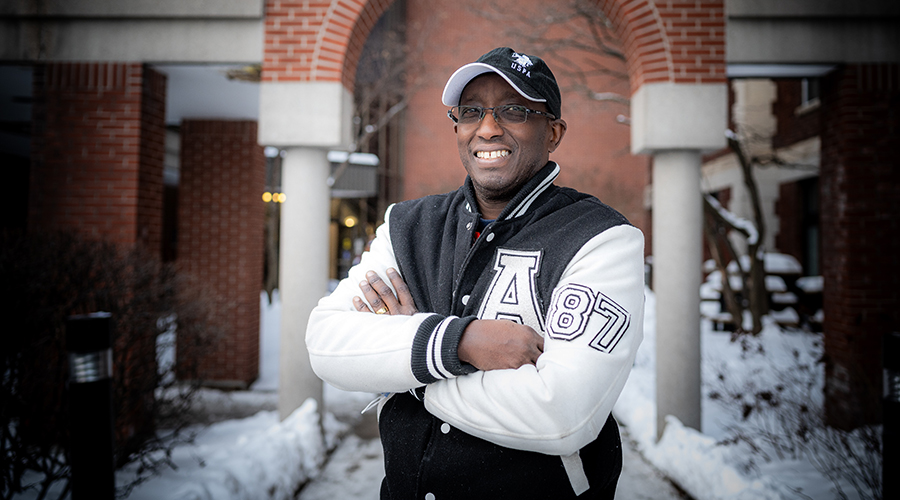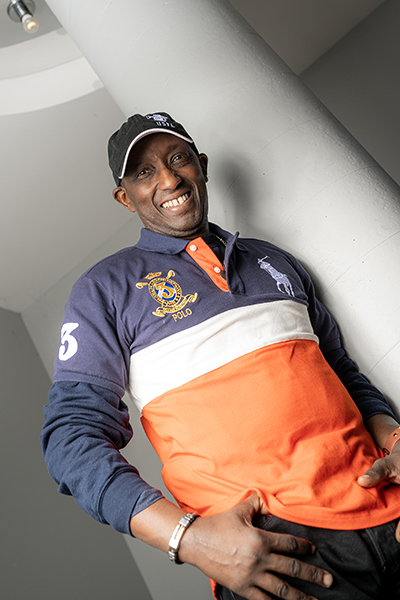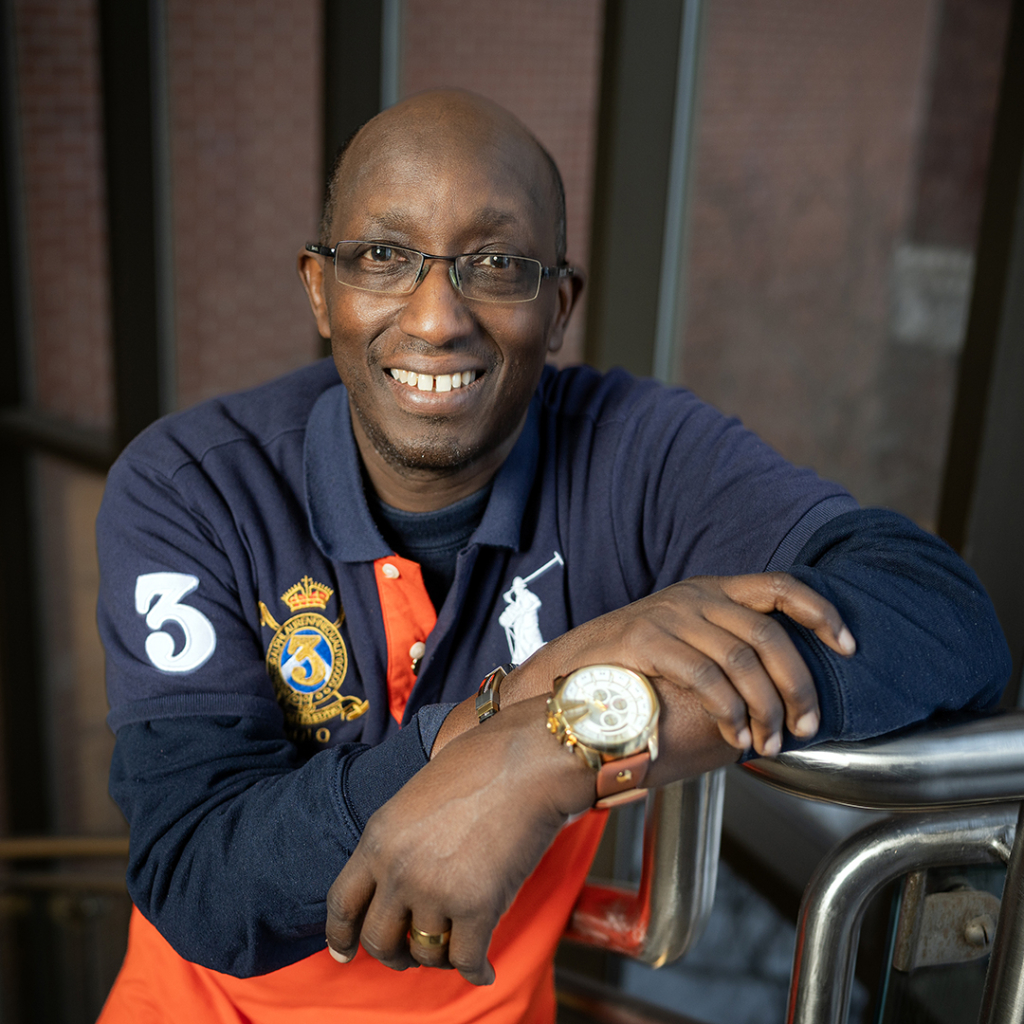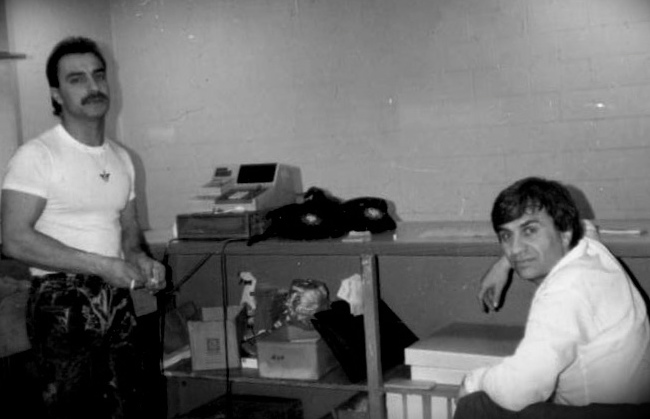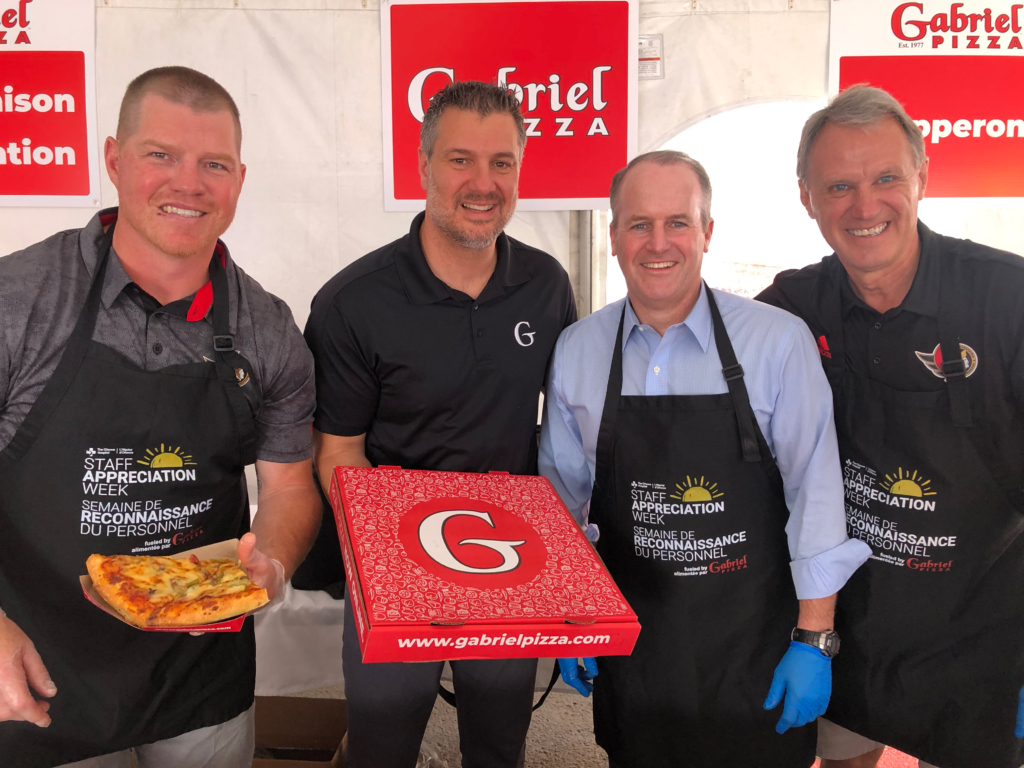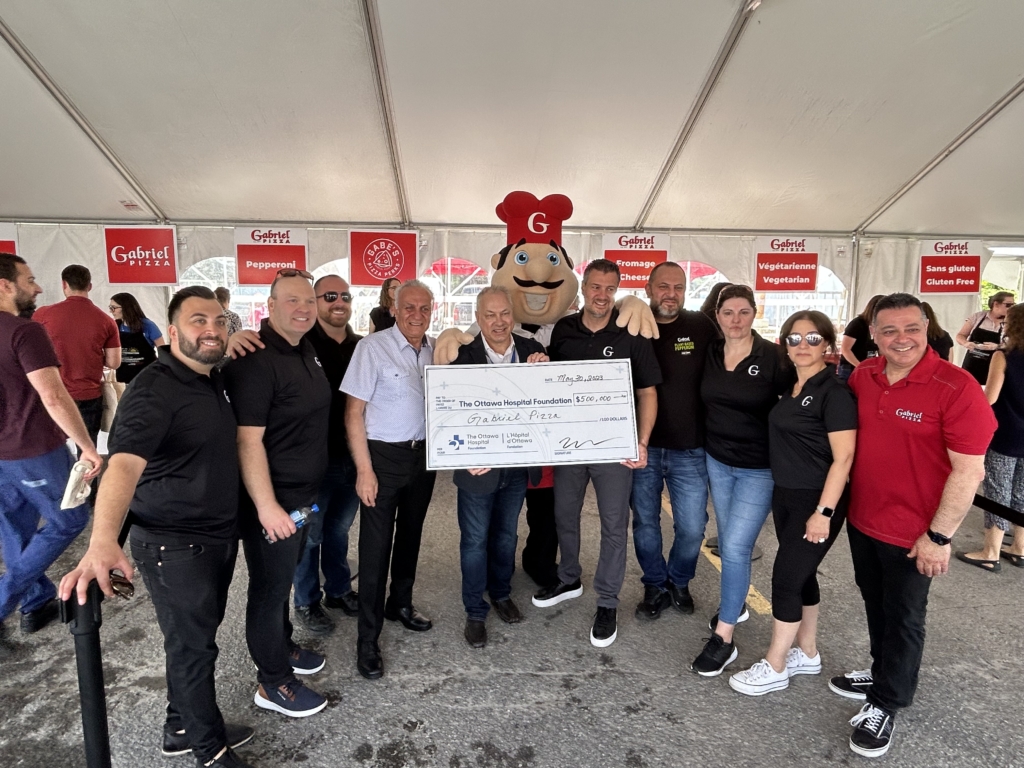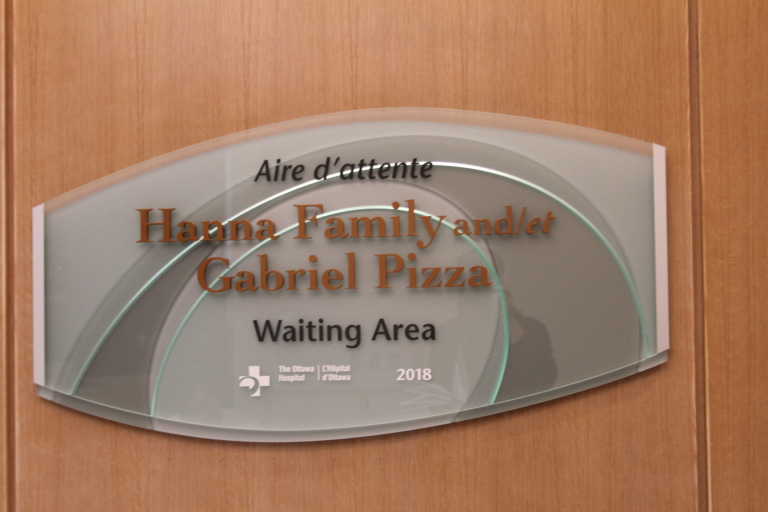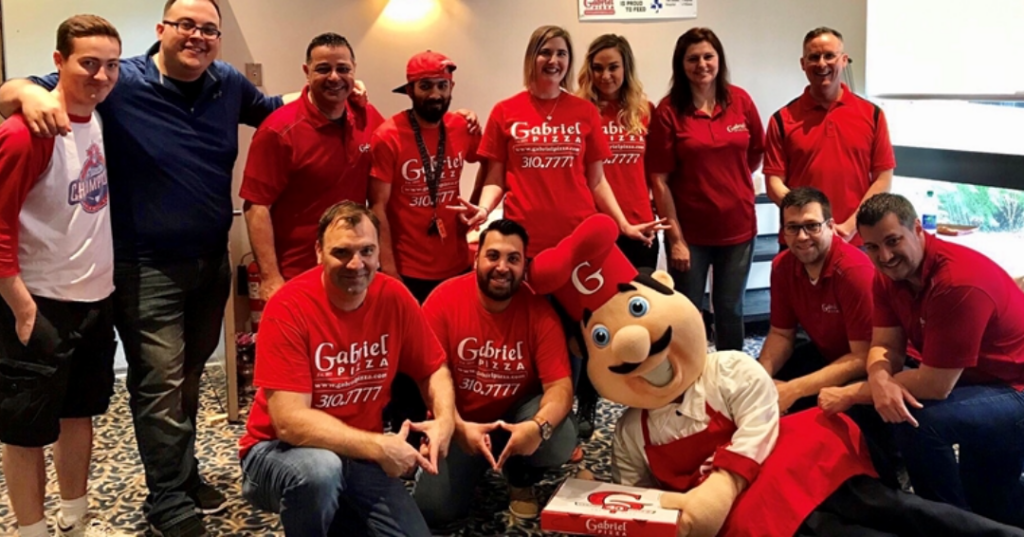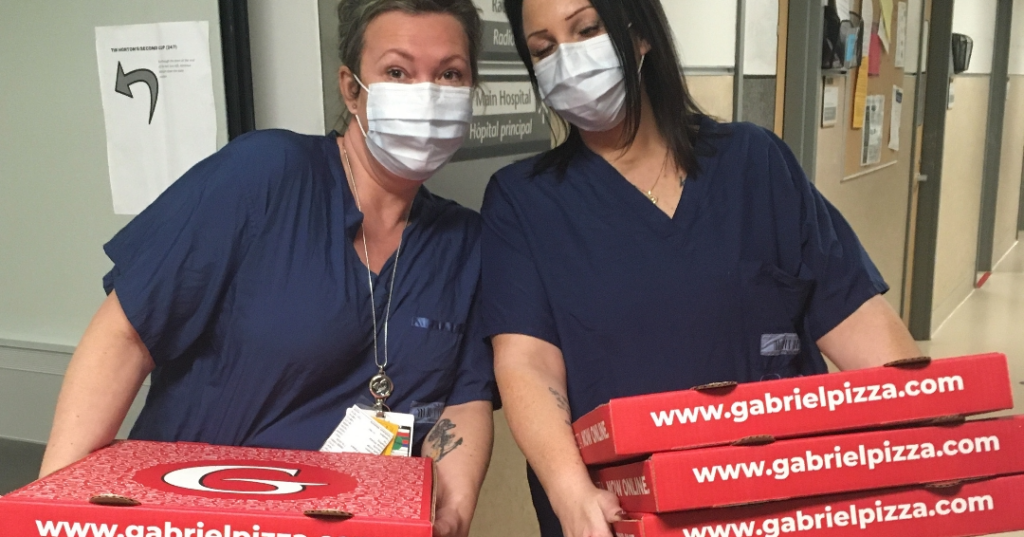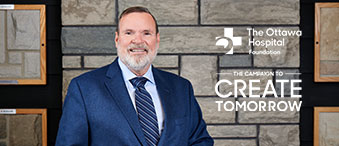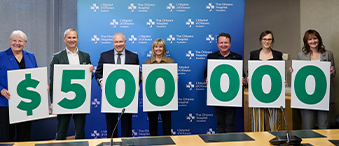In a family with more than 120 descendants, it can be challenging to pull everyone together for the same cause. But, when you’re talking about honouring the very people from whom those descendants came, that’s an easy one.
It’s a story that Ottawa resident Camille Mikhael likes to tell — about the rich roots of his family that originated in Lebanon, spread out around the world, and then settled with much success in Ottawa. They are roots that, to this day, nurture this community in so many ways.
But to understand the story, you need to go back to the beginning, to where the story takes root. It starts with Youssef and Najebeh Mikhael, Camille’s grandparents, who ran a box factory in a small village in Lebanon. The couple had 13 children, many of whom were also involved in the business. Camille says when the civil war broke out in 1975, Youssef and his family, who were members of the religious minority, were targeted. After unsuccessful assassination attempts on both him and his wife, Youssef packed up all the family and fled to Canada where one son was already attending school.
“I think there were 20 people sleeping in one apartment,” says Camille. “My grandparents didn’t speak English, so my aunts and uncles got jobs doing whatever they could.”

Supported by those strong family roots and a bolstered by a good work ethic, they have all managed to create thriving businesses in Ottawa over the years in what Camille calls “a good immigrant success story.” And, like so many others who are thankful to this country and this city for embracing them, they have a strong desire to give back.
“There’s no better or more fitting tribute than this.”
— Camille Mikhael
The Mikhael family has just donated $100,000 from the proceeds of their charity poker tournament to The Ottawa Hospital’s Campaign to Create Tomorrow. In honour of this gift, a hospital room at the new campus will be named after their grandparents.
“There’s no better or more fitting tribute than this,” explains Camille. “They are the ones who gave us not only the opportunity to thrive here, but also the opportunity to come together and do something good. And to see their two names together on a wall is such a beautiful thing to us.”
The donation is being made through the Najah Ayoub Foundation, named after Camille’s aunt who died of breast cancer in 2010 at the age of 49. The family made an earlier donation of $100,000 in her memory and, in 2018, her relatives gathered at The Ottawa Hospital’s Rose Ages Breast Health Centre to see the unveiling of the Najah Ayoub Consult Room.
“Our goal is to make sure we are shining as bright a light as possible so that we can spread our generosity as far as it can go.”
— Camille Mikhael
Camille explains that Najah’s nickname was “Sunshine” because her smile and joie de vivre filled the room with sun. After Najah’s death, Camille, a sponsored poker professional for many years, established the city’s largest charity poker tournament appropriately called the “Sunshine Poker Tournament,” with proceeds going to a variety of causes including The Ottawa Hospital Foundation. Camille says he is impressed with the Foundation’s status as one of the most efficient healthcare foundations in Canada, with our cost to raise a dollar at $0.18. Additionally, for eleven consecutive years, The Ottawa Hospital Foundation has been named a High Performer by the Association of Healthcare Professionals.
So far, the Najah Ayoub Foundation has raised more than half a million dollars.
“You don’t know when you plant those seeds of good exactly what kind of tree or flower will blossom,” says Camille. “But our goal is to make sure we are shining as bright a light as possible so that we can spread our generosity as far as it can go.”








